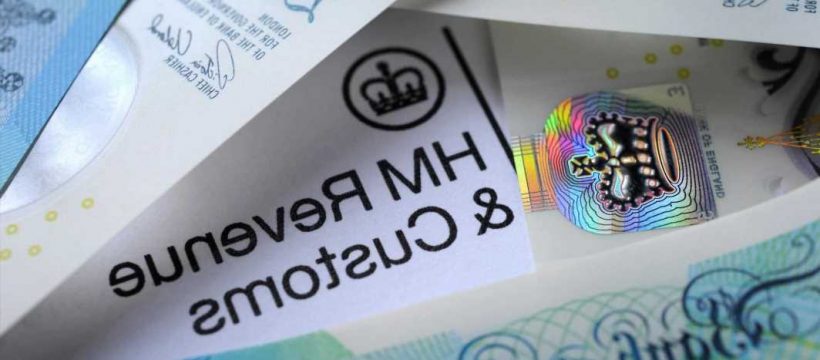INCOME Tax is something you have to pay if your earnings reach a certain threshold.
You don't have to pay any of the tax if your income is below that threshold but there are different rates that increase with the more money you earn.
There is something known as the personal allowance though, which means some of the money you make is tax-free – here's how it works.
What's the personal allowance?
The personal allowance is an amount you can earn each year tax-free.
This can change from one year to the next and is set by the government.
In the current tax year running from April 6 2021 to April 5 2022, that amount is £12,570.
The current threshold for higher-rate taxpayers is £50,270.
Chancellor Rishi Sunak announced in his March 2021 Budget that the income tax thresholds from April 6 will be frozen until 2026.
So that threshold will be held at £12,570 for basic rate taxpayers and £50,270 for higher rate tax payers.
Although Mr Sunak stopped short of increasing taxes, a freeze to these thresholds is essentially a pay cut, once you take into account the rate of inflation.
Just keep in mind that your personal allowance might be different if you're entitled to certain allowances or earn a lot of money.
The marriage allowance is a tax break where one partner in a married couple can transfer some of their unused personal allowance to another.
What do the letters mean in my tax code?
THE letters in your the code on your payslip indicates how much tax you have to pay. Here’s our guide to what each of the letters mean:
- L You’re entitled to the standard tax-free Personal Allowance
- M Marriage Allowance: you’ve received a transfer of 10 per cent of your partner’s Personal Allowance
- N Marriage Allowance: you’ve transferred 10 per cent of your Personal Allowance to your partner
- S Your income or pension is taxed using the rates in Scotland
- T Your tax code includes other calculations to work out your Personal Allowance, for example it’s been reduced because your estimated annual income is more than £100,000
- 0T Your Personal Allowance has been used up, or you’ve started a new job and your employer doesn’t have the details they need to give you a tax code
- BR All your income from this job or pension is taxed at the basic rate (usually used if you’ve got more than one job or pension)
- D0 All your income from this job or pension is taxed at the higher rate (usually used if you’ve got more than one job or pension)
- D1 All your income from this job or pension is taxed at the additional rate (usually used if you’ve got more than one job or pension)
- NT You’re not paying any tax on this income
- Tax codes starting with K mean you have income that isn’t being taxed another way and it’s worth more than your tax-free allowance.
And people with sight issues can get the blind person's allowance which increases this tax-free amount.
And anyone who earns over £100,000 does not get any tax-free personal allowance – they will pay income tax on everything they earn.
If you earn £12,570 or less, you currently pay no income tax.
How much tax do I pay?
You start paying tax on anything you earn over your personal allowance. For the current tax year, the below figures apply:
- On earnings of £12,571 and up to £50,270, you pay tax at a rate of 20%.
- On earnings of £50,271 and up to £150,000 you pay tax of 40%.
- On earnings over £150,000 you pay tax of 45%.
How do I check my tax-free personal allowance?
Your tax-free personal allowance amount is usually reflected in your tax code which can be found on your payslip.
The letter L in your tax code signals that you're entitled to the standard tax-free personal allowance.
The letter M signals that you've transferred some of your personal allowance to your partner using the marriage allowance, while the letter N signals the opposite – that you've received some of your partner's tax-free personal allowance.
Checking your tax code is correct could save you money.
We have a guide on how you can find the best fixed rate Isa which means you can build up tax-free savings.
You could also be entitled to £125 tax back if you worked at home over the past year because of the pandemic.
Source: Read Full Article

